The opisthobranchs, including nudibranchs, are more commonly referred to a sea slugs. Generally the word “nudibranch” is used to incorrectly describe this subclass, as was done on the link to this page. Every diver knows the term nudibranch, however very few probably refer to this subclass as Opisthobranchia. The subclass Opisthobranchia belongs to the class Gastropoda in the phylum Mollusca (these are covered elsewhere). The opisthobranchs are further subdivided into the orders: Cephalaspida (Headshield Slugs); Sacoglossa (Sapsucking Slugs); Anaspidea (Seahares); Notaspidea (Sidegill Slugs) and Nudibranchia (Nudibranchs). Not every order will be represented here, but the Nudibranchs will be well covered.
Nudibranchs are gastropods that have followed an evolutionary path that dispenses with their shell altogether. The lack of a shell means that their gills and branches of their gut are exposed making nudibranchs some of the most colorful marine animals. They prey mainly on sponges, hydroids and other invertebrates. The color serves two purposes either as a warning to other potential predators that they are toxic or to more easily blend in with their surroundings, in particular their prey. A number of nudibranchs graze on sponges and take on the color of that sponge making them very hard to spot. Some nudibranchs are capable of storing unspent nematocysts taken from their prey and using them for defensive purposes. A few nudibranchs can even swim from their predators when disturbed or sometimes just to move to another feeding area.
Virtually all opisthobranchs are hermaphroditic, possessing both male and female sex organs. They are not capable of self fertilization and can often be seen in pairs, right side to right side, mating. The egg mass produced can be found as spiral forms or attached to their prey, in particular Dendronotus iris will lay eggs on tube anemones, its favorite prey.
- Cephalaspidea
- Anaspidea
- Notaspidea
- Sacoglossa
- Nudibranchia
Family: Acteonidae
Rictaxis punctocaelatus
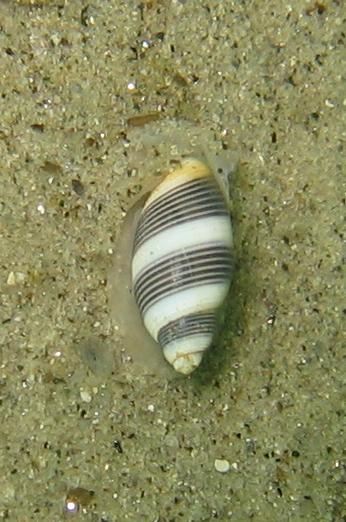
Family: Aglajidae
Aglaja ocelligera
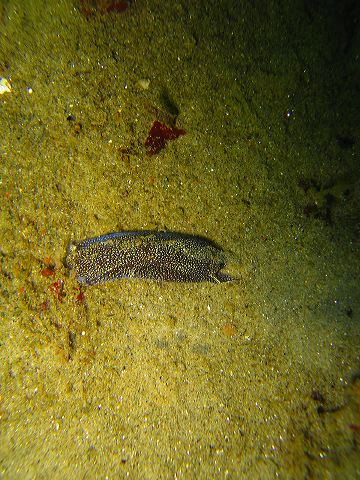
Family: Aplysiidae
Aplysia californica - Californian Sea Hare
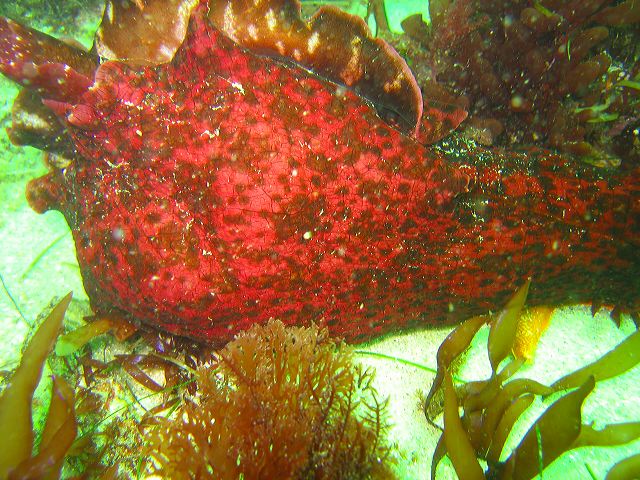
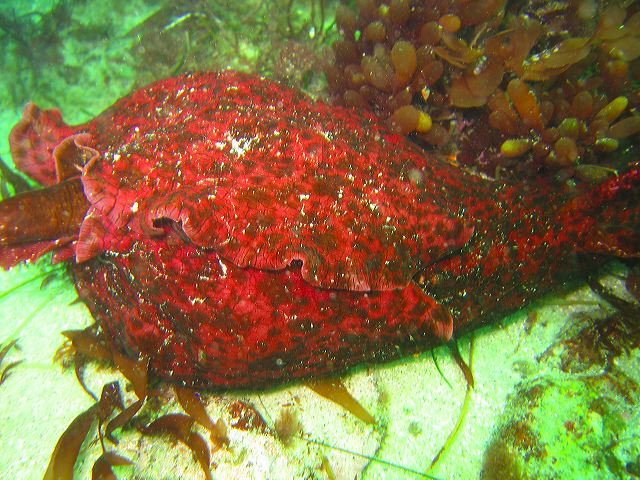
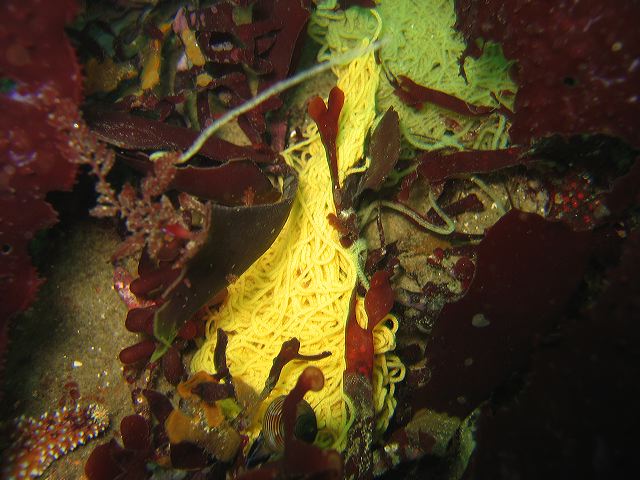
Sea Hare Eggs ?
Family: Pleurobranchidae
Berthella californica
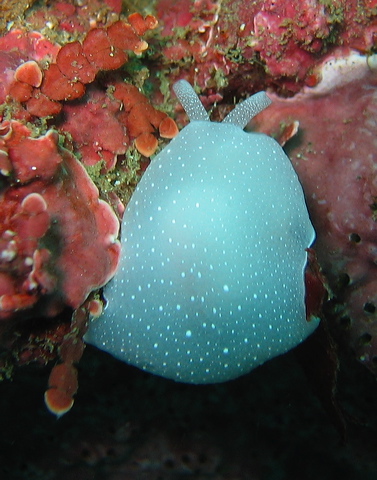
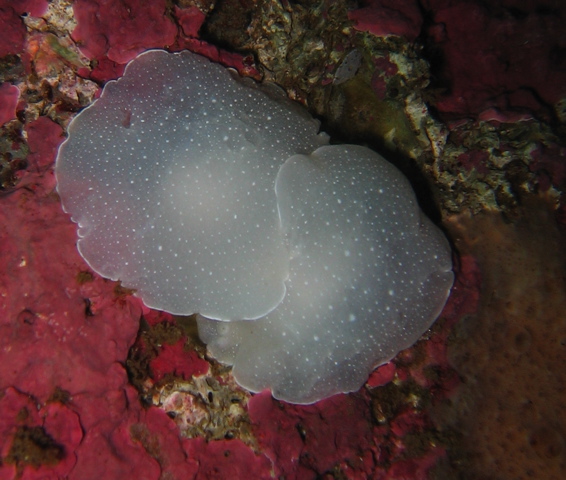
Berthella strongi
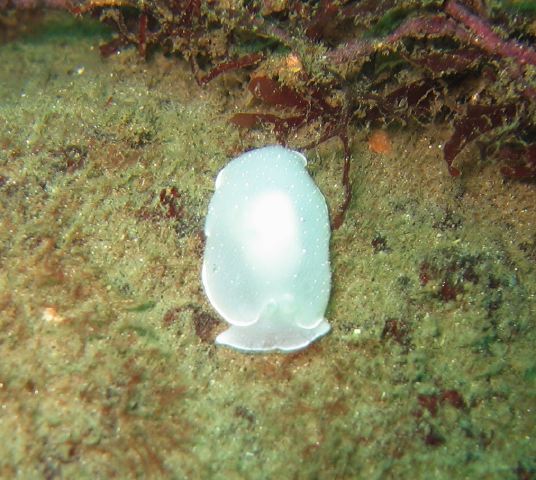
No pictures yet
Suborder
- Doridina
- Dendronotina
- Arminina
- Aeolidina
Family: Goniodrididae
Ancula gibbosa
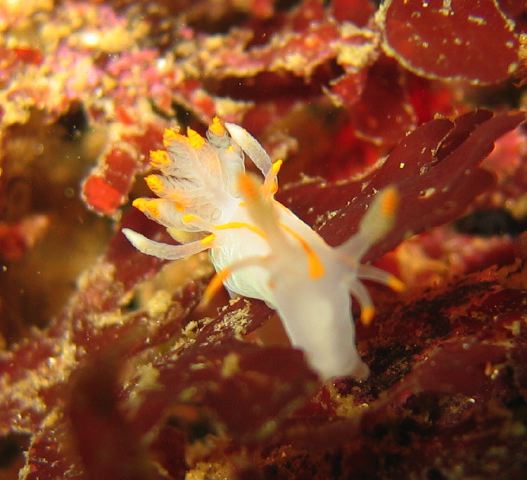
Okenia rosacea - Hopkins' Rose
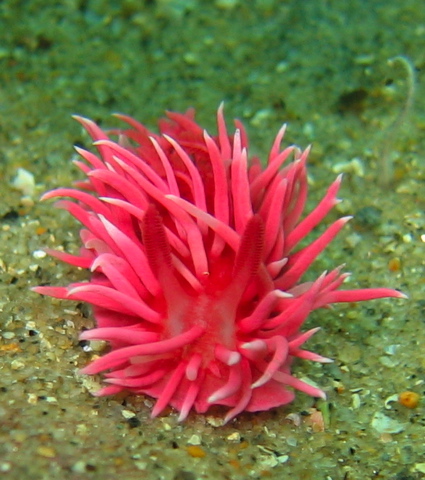
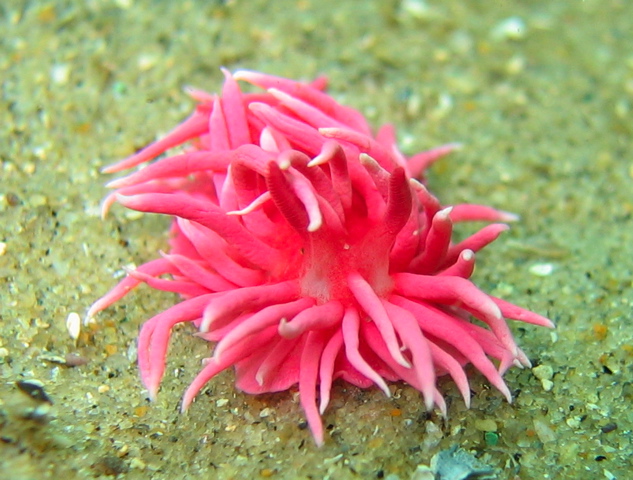
Family: Onchidorididae
Acanthodoris brunnea
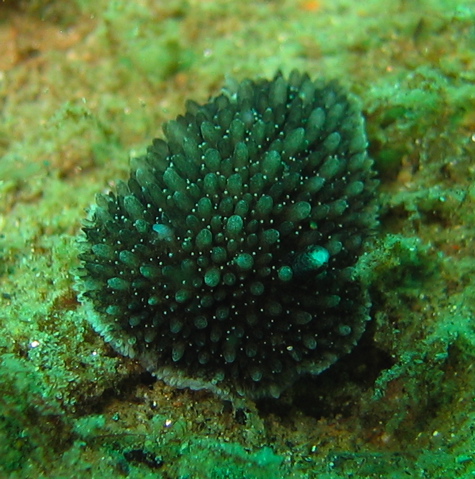
Acanthodoris rhodoceras
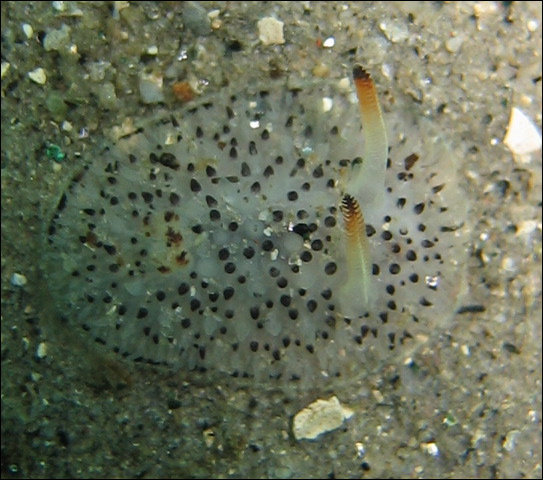
Diaphorodoris lirulatocauda
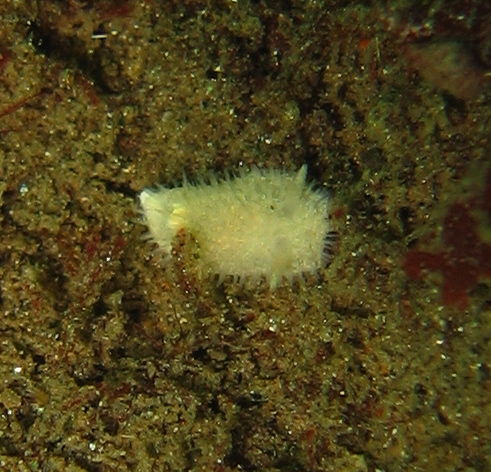
Family: Notodorididae
Aegires albopunctatus
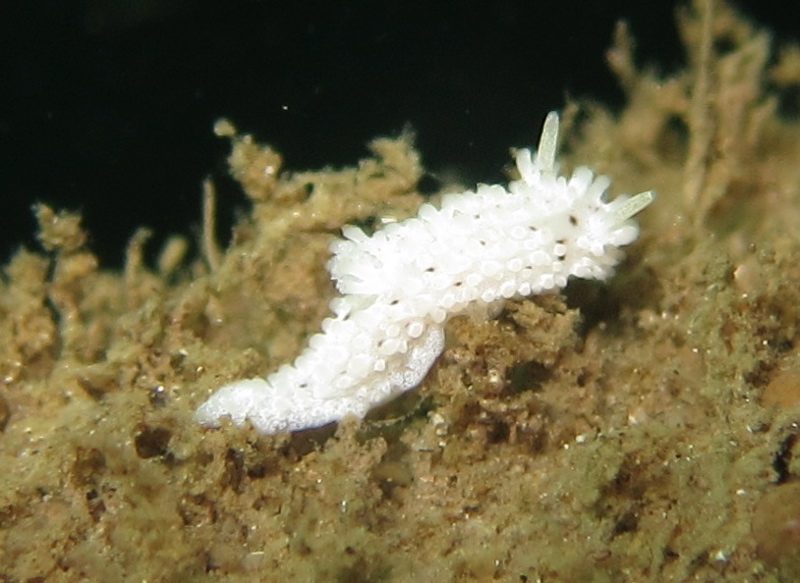

Family: Polyceridae
Limacia cockerelli – Cockerell’s dorid
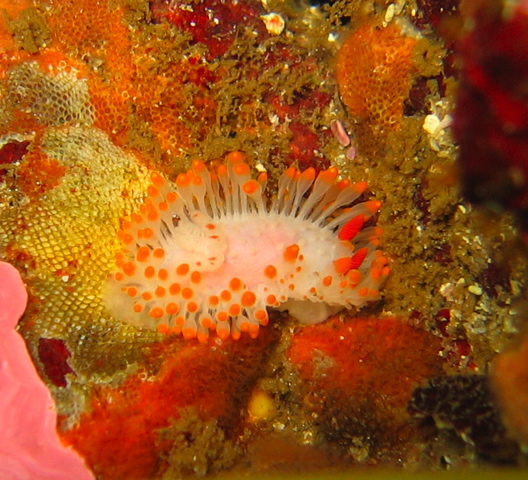
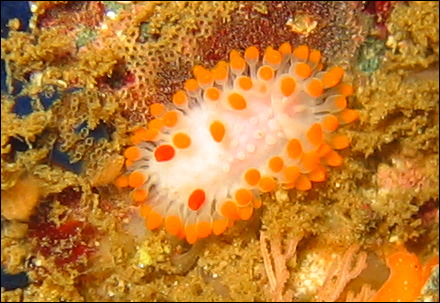
Polycera atra
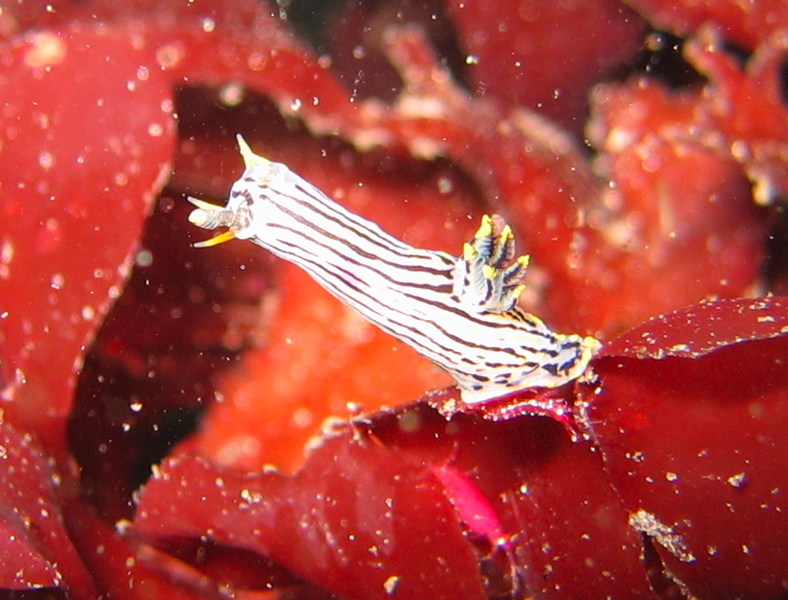
Triopha catalinae - Clown Nudibranch

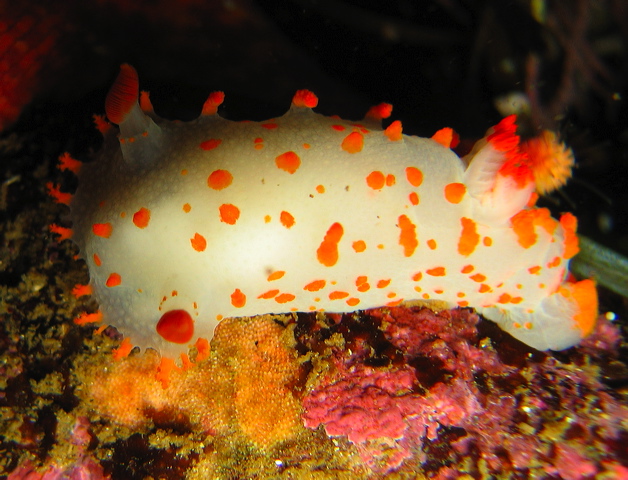
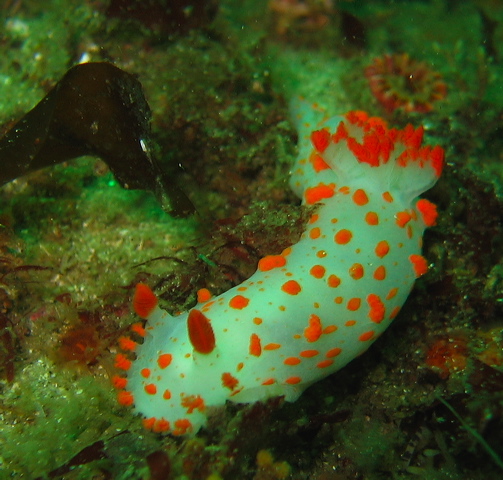
Triopha maculata
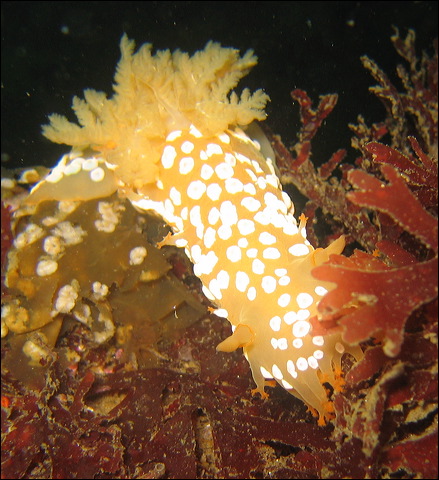
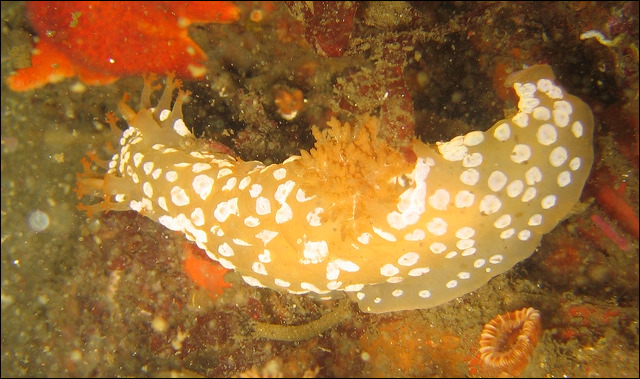
Family: Dorididae
Aldisa sanguinea
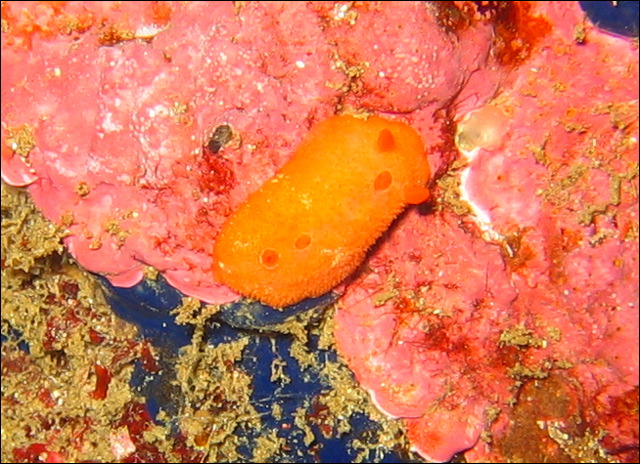

Diaulula sandiegensis
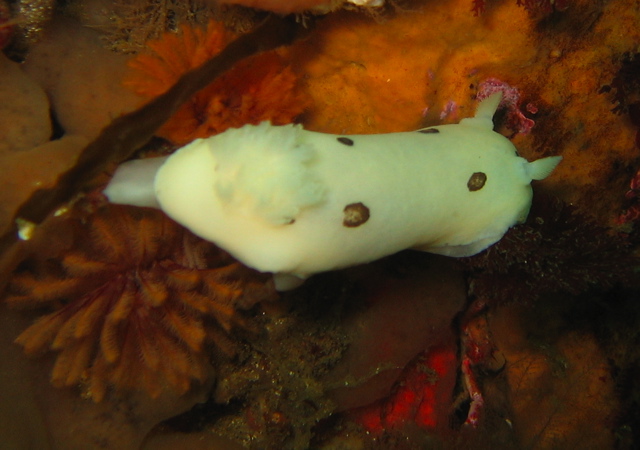
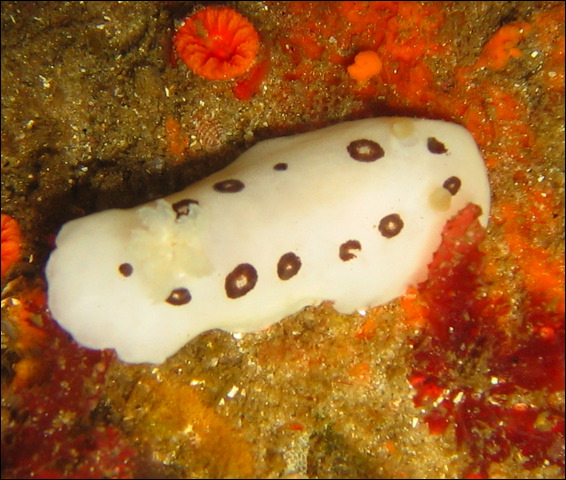

Peltodoris nobilis
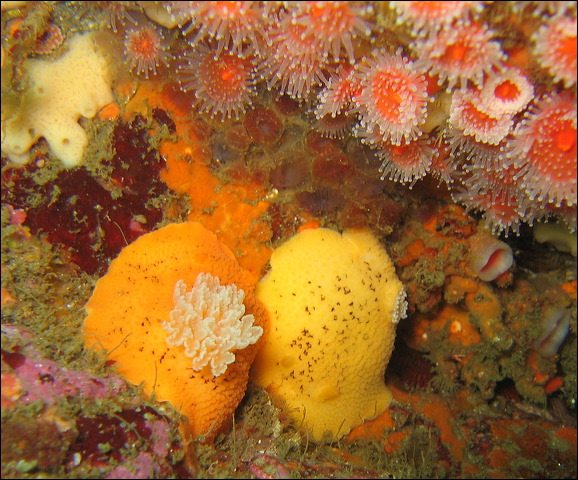
Doris odhneri

Geitodoris heathi
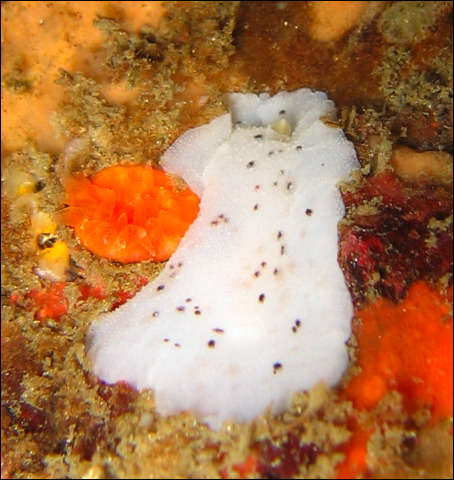
Rostanga pulchra
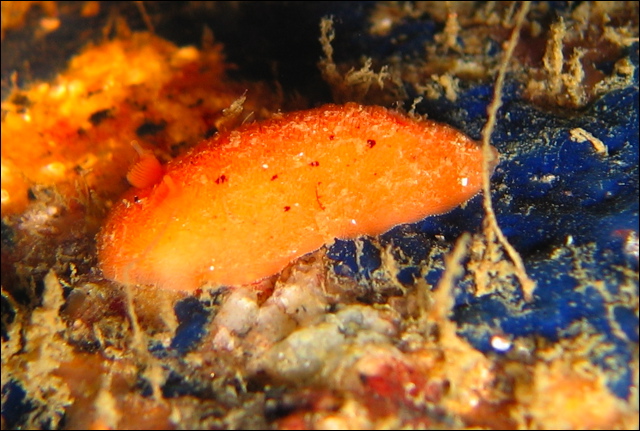

Family: Conualevidae
Conualevia alba
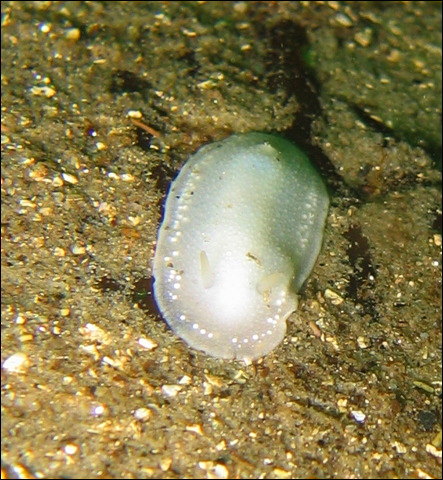
Family: Chromodorididae
Cadlina flavomaculata
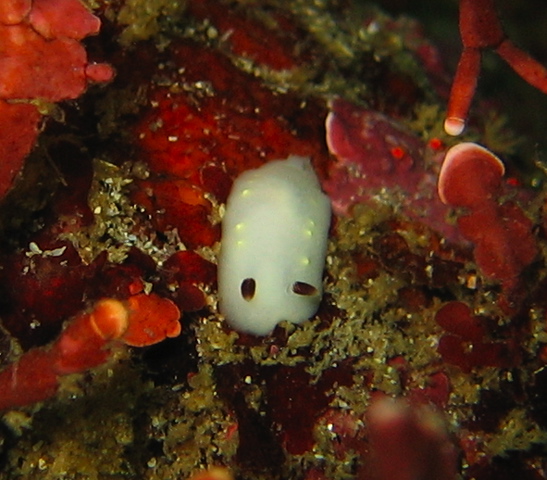
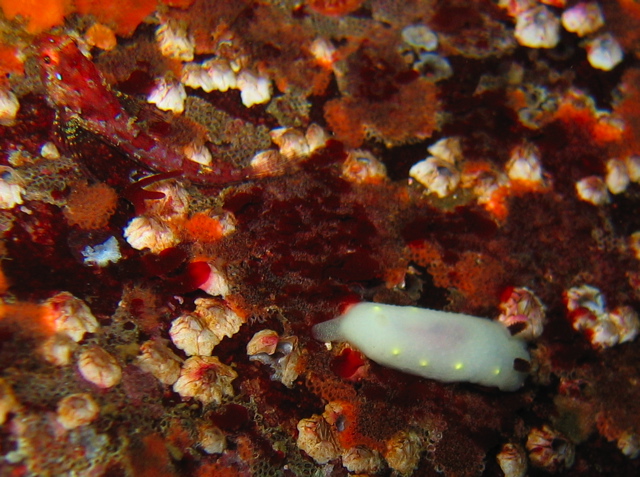
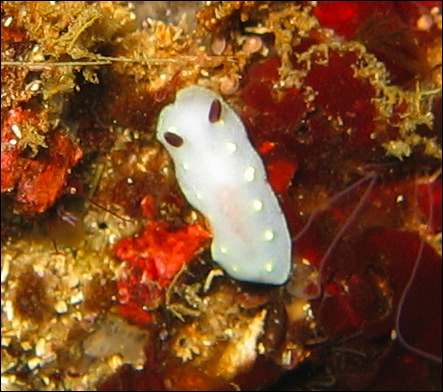
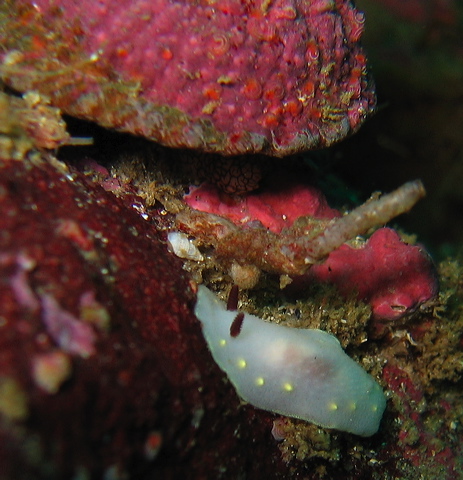
Cadlina luteomarginata

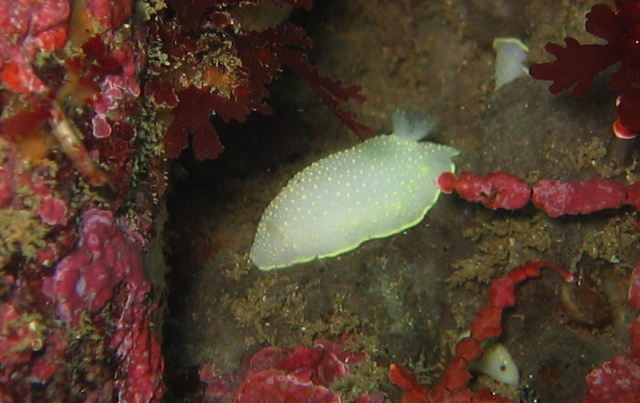
Cadlina modesta
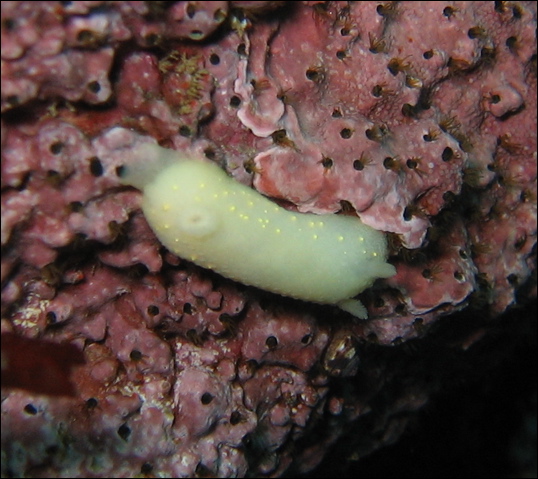
Cadlina sparsa
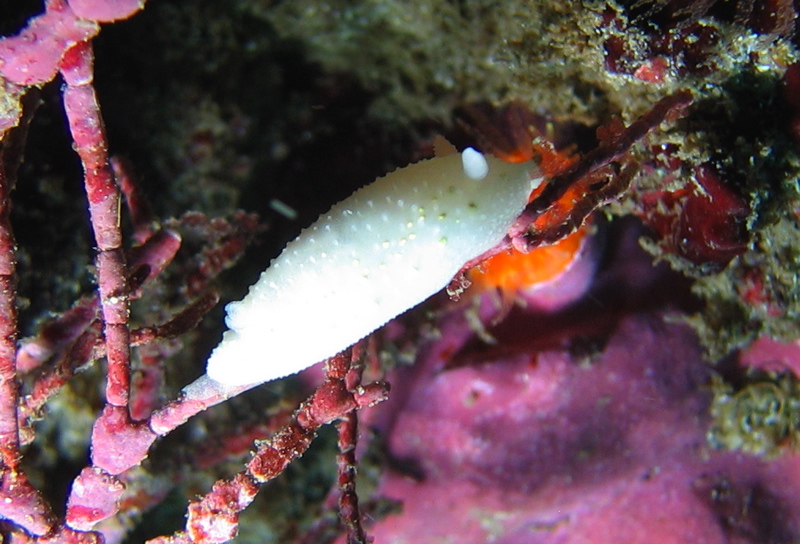
Chromodoris macfarlandi

Family: Dendrodorididae
Doriopsilla albopunctata
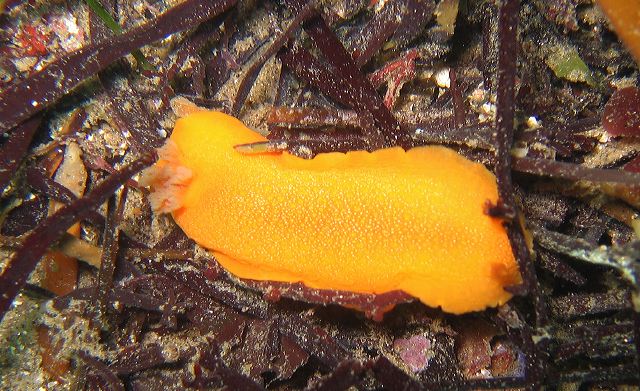
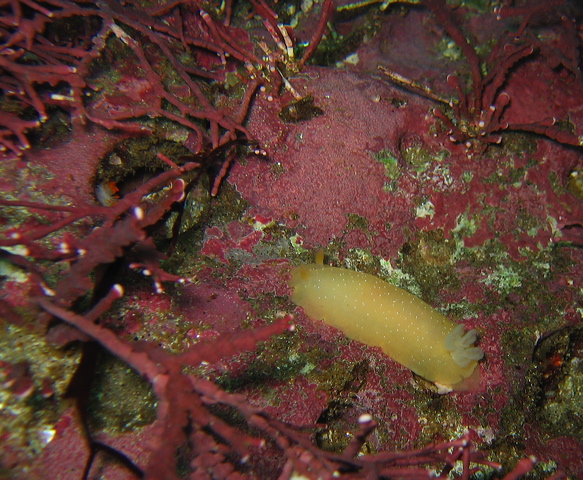
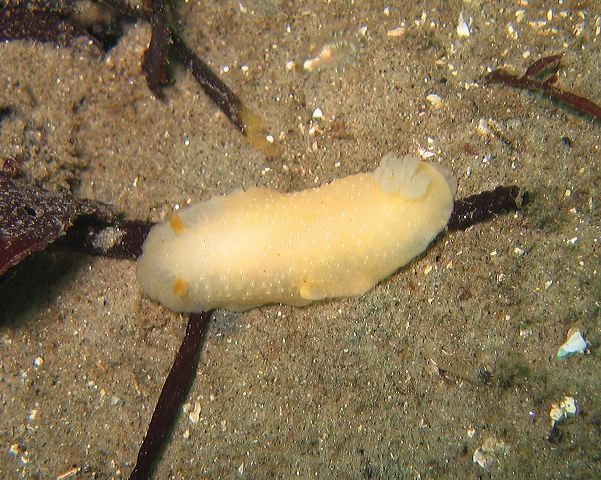
Family: Tritoniidae
Tritonia festiva
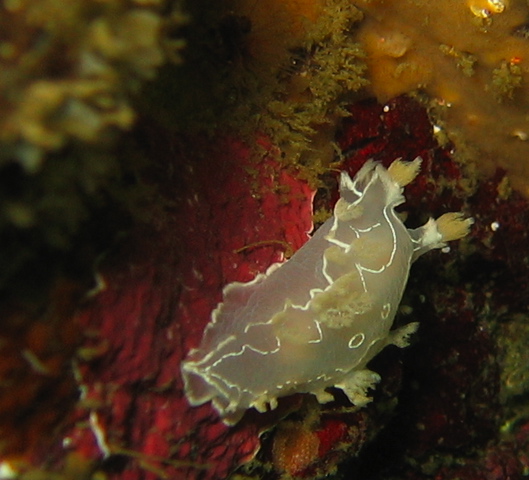
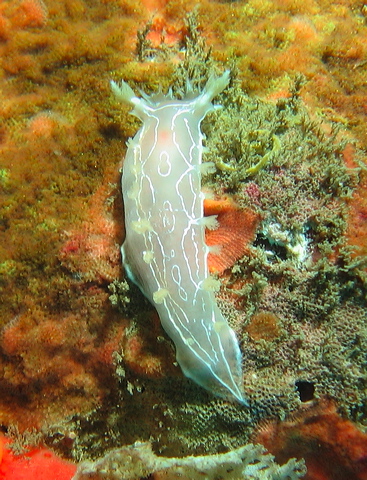
Family: Dendronotidiae
Dendronotus albus
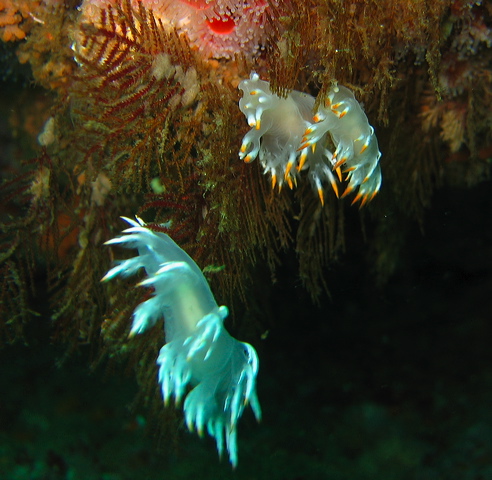
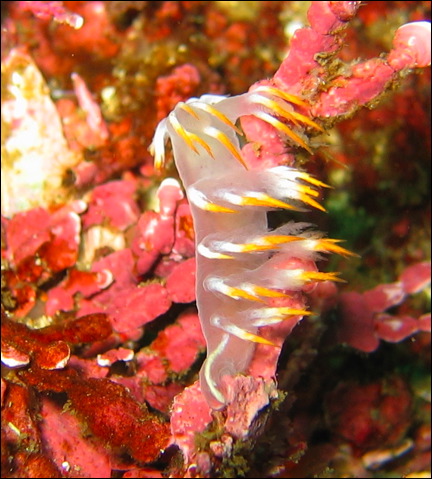
Dendronotus dalli (?)
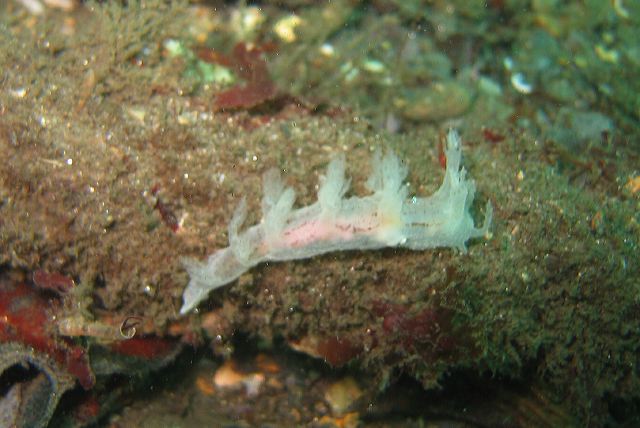
Dendronotus frondosus

Dendronotus iris
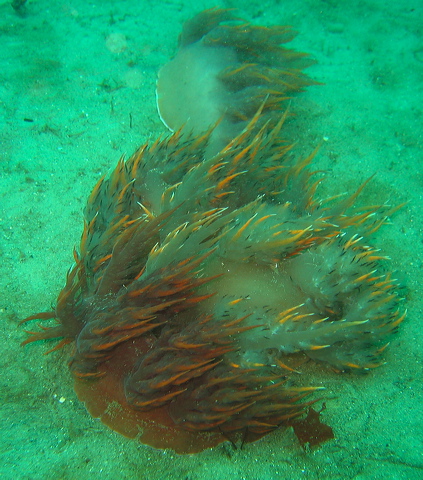
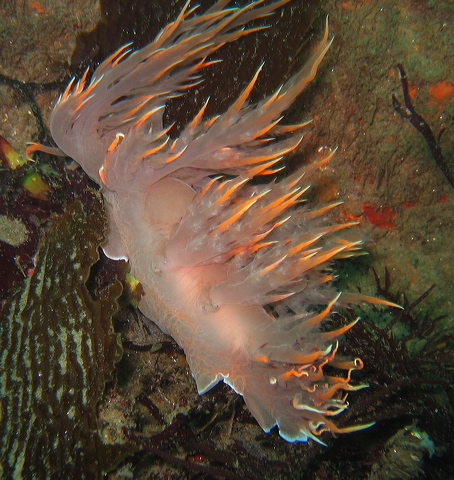
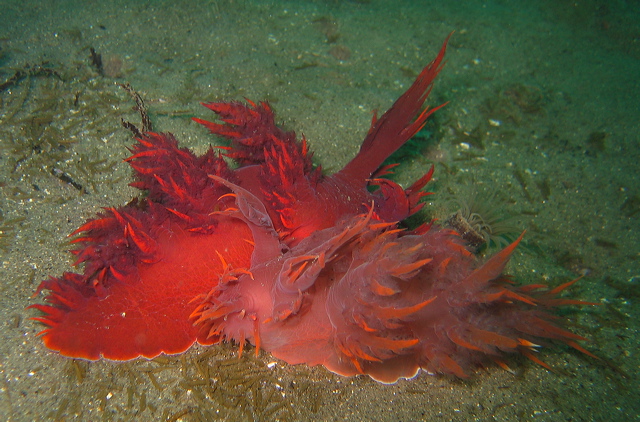

Swimming
Family: Tethyidae
Melibe leonina

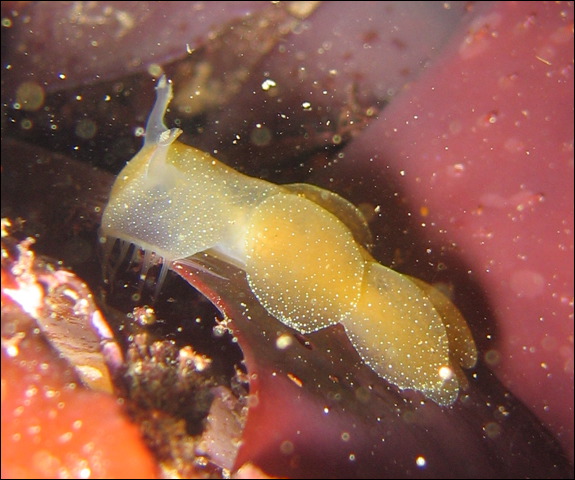
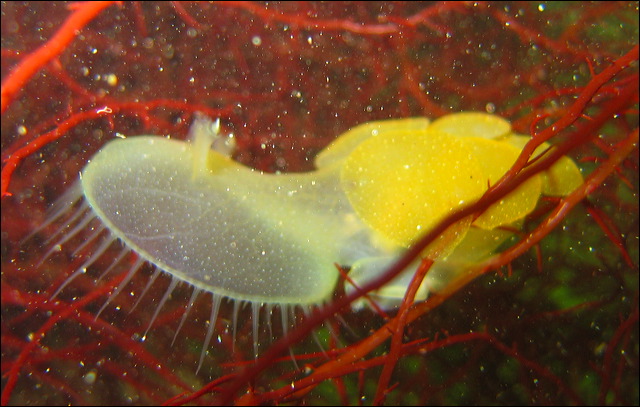
Family: Arminiidae
Armina californica

Family: Dironidae
Dirona albolineata
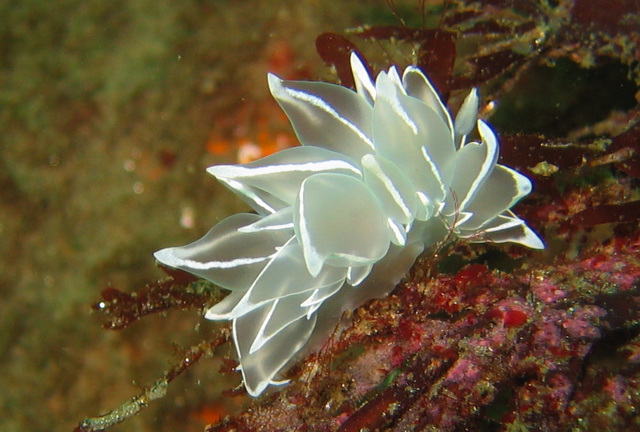
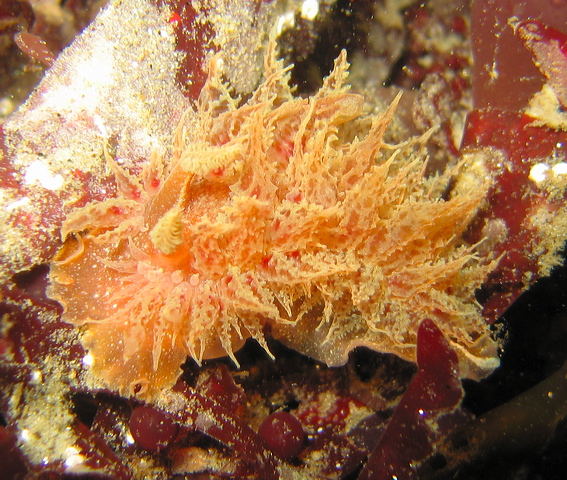
Family: Flabellinidae
Flabellina iodinea - Spanish Shawl
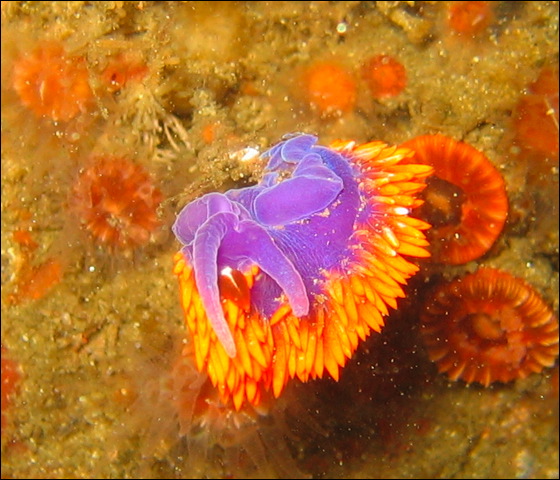
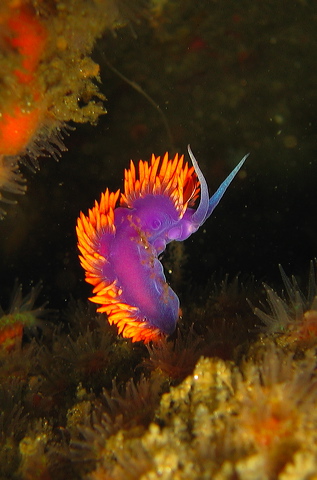
Flabellina trilineata
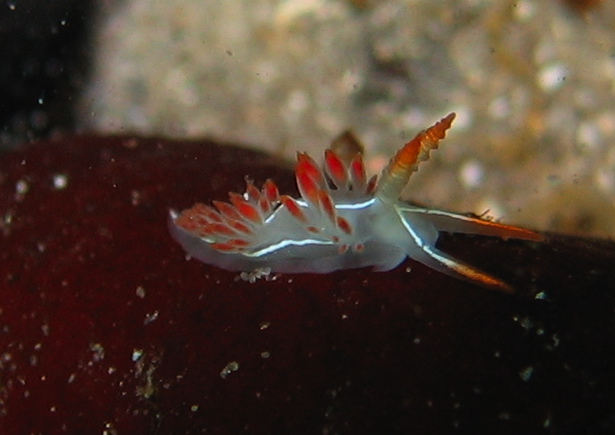
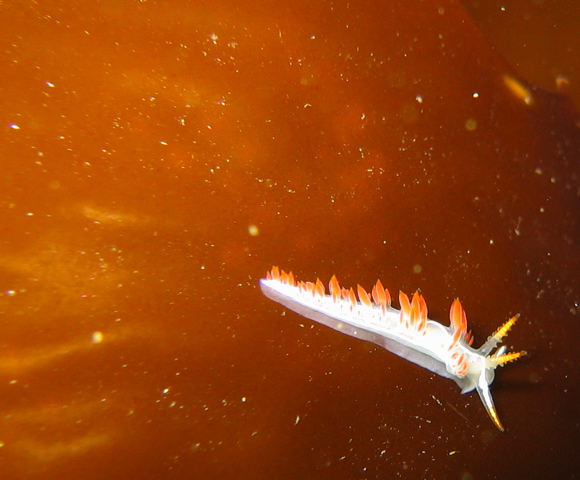
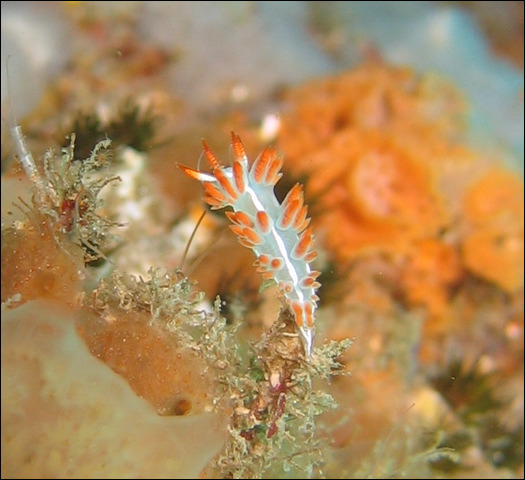
Family: Aeoliidae
Aeolidia papillosa
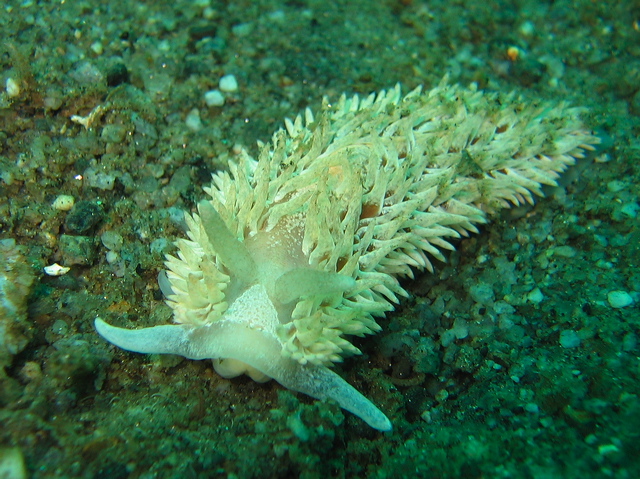
Family: Facelindae
Hermissenda crassicornis
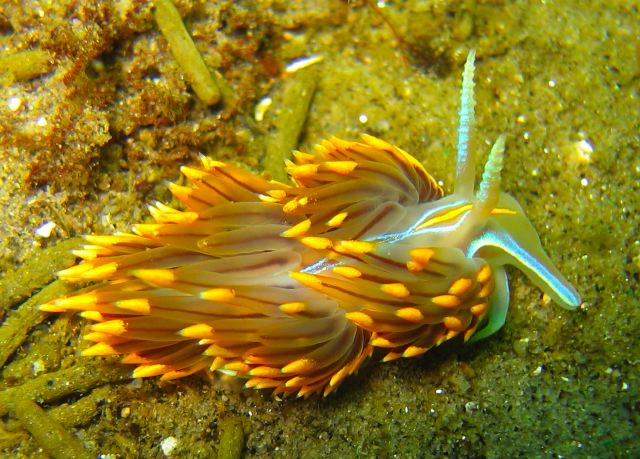
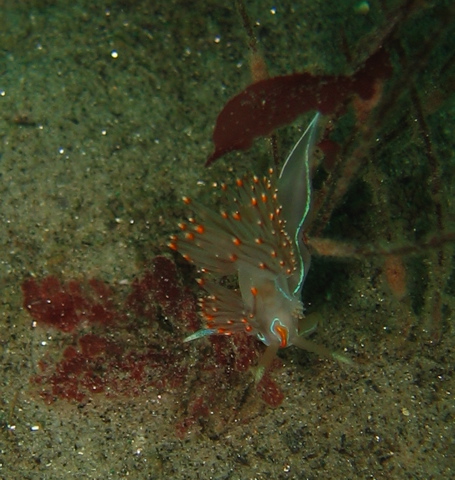
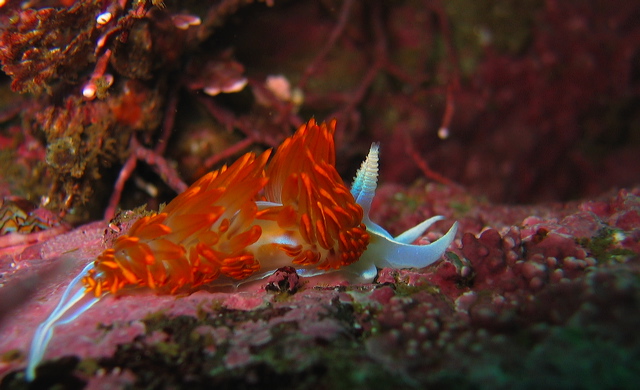
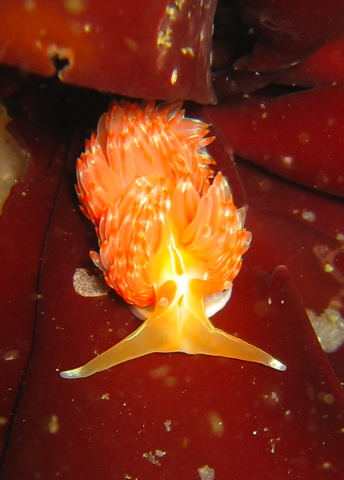
Odd colored Hermissenda
Phidiana hiltoni
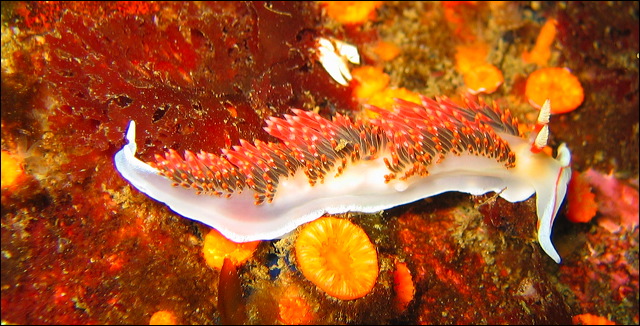
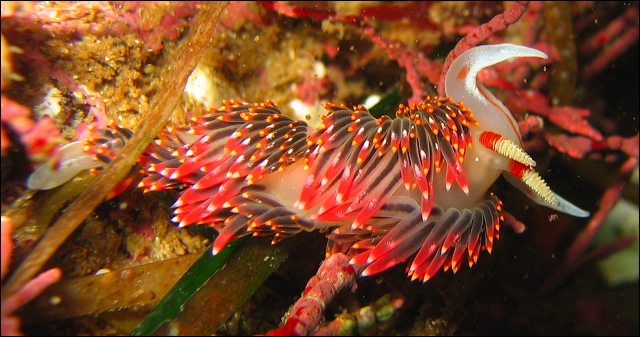
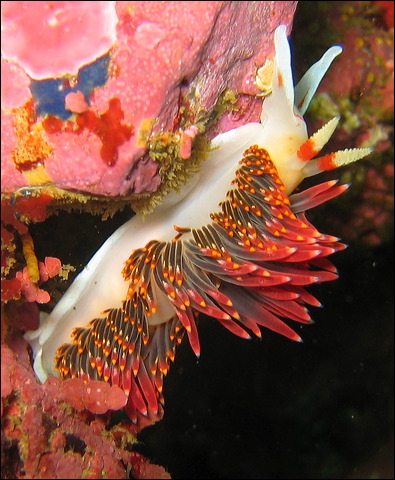
Family: Terigipedidae
Cuthona divae
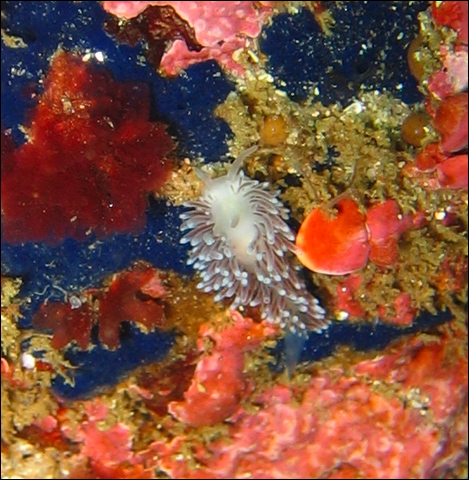
Updated: 14 May 2011
